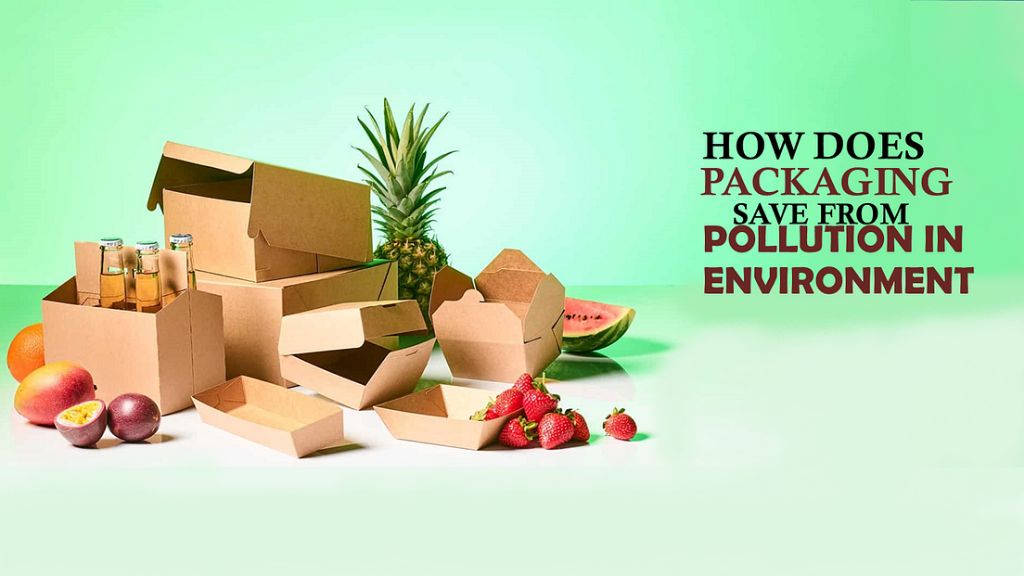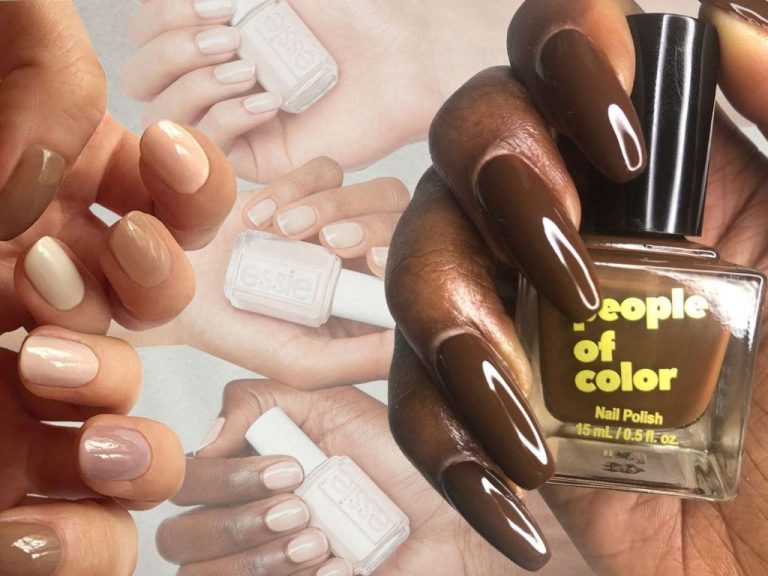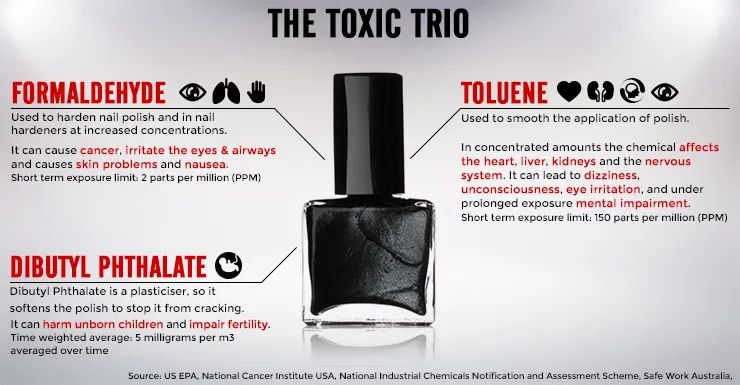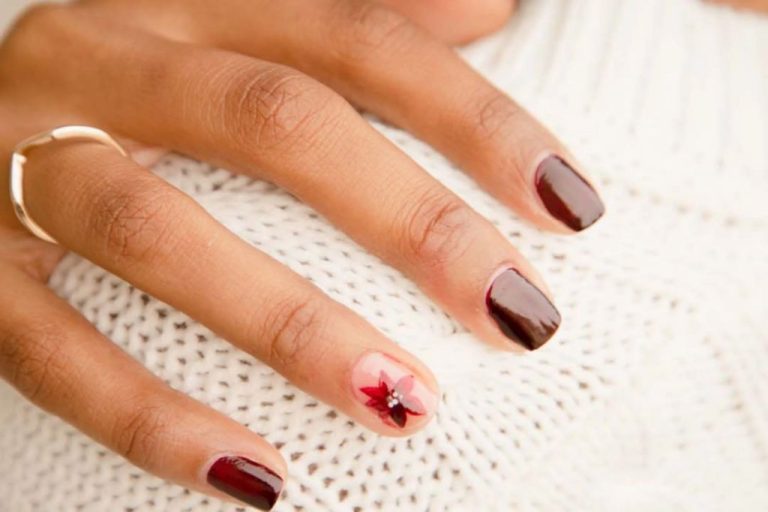The Eco-Conscious Nail Enthusiast’S Guide To Green Products
With rising awareness around potentially toxic chemicals used in conventional nail products, there has been a growing interest in eco-friendly options. Often referred to as “green” nail products, these eco-conscious alternatives avoid harsh ingredients like formaldehyde, toluene, and dibutyl phthalate (DBP). Instead, they use natural, non-toxic, and sustainably sourced components.
What makes a nail product truly “green”? Key factors include plant-based ingredients like soy, corn, and bamboo; formulas free of the “toxic trio” and other concerning chemicals; vegan and cruelty-free production practices; sustainable packaging; and products made by eco-conscious companies. Even the manufacturing process and salon practices can be green.
In this guide, we’ll explore popular green nail product options across categories like polish, removers, lamps and more. We’ll share tips for DIY green manicures along with eco-friendly salon recommendations. Whether you’re an aspiring eco nail enthusiast or simply health-conscious, this guide covers everything you need to know for clean, non-toxic nails.
Toxic Ingredients to Avoid
Some nail polishes contain toxic chemicals that are harmful to your health and the environment. The main offenders to avoid are:
Formaldehyde – Used in nail hardeners and polish to help prevent chipping. Formaldehyde is a known carcinogen and can cause issues like headaches and allergic reactions (1).
Dibutyl phthalate – A plasticizer chemical added to improve flexibility and prevent cracking. It’s an endocrine disruptor linked to developmental and reproductive issues (2).
Toluene – Used to improve application and create an even look. Toluene is toxic to the immune system and can damage the central nervous system (3).
Read the ingredient list closely and avoid nail polishes with these chemicals. Look for labels that specifically say “3-free”, “5-free”, or “10-free” to indicate they are formulated without the main toxins.
With growing awareness of these safety concerns, more natural nail polish options are available today. Switching to non-toxic products is better for your health and reduces your exposure to concerning chemicals.
(1) https://www.thecut.com/2023/04/what-toxins-are-in-nail-polish.html
(2) https://www.nontoxicrevolution.org/blog/2019/6/12/non-toxic-nail-polish
(3) https://www.pritinyc.com/10-Nail-Polish-Toxic-Ingredients-You-Must-Avoid_b_4.html
Natural and Organic Ingredients
Many eco-friendly nail polishes use plant-derived ingredients like soy, bamboo, Aloe Vera, and more. These natural ingredients have benefits for health and the environment compared to traditional nail polish ingredients.
Soybean oil is a common base for natural nail polishes. It gives a smooth application and healthy shine. Soybean crops also help replenish nitrogen in soil and require less pesticide use (100percentpure.com).
Bamboo extract contains silica which strengthens nails, while Aloe Vera soothes and conditions cuticles. These plant-based ingredients are biodegradable and renewable (Good Housekeeping).
Overall, nail polishes made with organic plant oils, waxes, and extracts avoid harsh chemicals. They nourish nails and cuticles while having less impact on human health and the environment.
Vegan Nail Polishes
When it comes to nail polish, the term “vegan” refers to products that are free of animal-derived ingredients and not tested on animals. Here’s what to look for:
Many mainstream nail polishes contain ingredients like shellac, carmine, collagen, keratin, and guanine, which are all derived from animals. To ensure a polish is vegan, check that it does not contain any animal bi-products.
Along with avoiding animal ingredients, vegan polishes also must be cruelty-free, meaning they are not tested on animals. Animal testing is unnecessary for cosmetics and considered inhumane. Look for polishes certified as cruelty-free by organizations like Leaping Bunny or PETA.
Some popular vegan nail polish brands known for avoiding animal ingredients and testing include Jolie Vegan, LVX, and 100% Pure. Going vegan with nail products is an ethical choice that supports animal welfare.
Eco-Friendly Packaging
When it comes to nail polish, packaging makes up a significant portion of the product’s environmental impact. Traditional nail polishes often use plastic packaging that is not recyclable or reusable. However, there are now eco-friendly options that utilize packaging made from renewable materials or recycled content.
Some of the most sustainable packaging options for nail polish include:
- Glass – Glass bottles and jars can often be reused or recycled. Some brands use up to 80% recycled glass.
- Recycled plastic – An increasing number of brands now use plastic bottles made from 100% recycled PET plastic.
- FSC paper – Paperboard packaging sourced from FSC-certified forests is renewable and biodegradable.
Brands like Little Poni use minimal, recyclable aluminum tins with bamboo lids to reduce waste. Others utilize refillable glass bottles with silicone sleeves to protect against breakage. Prioritizing reusable and recyclable materials reduces the environmental footprint compared to standard plastic packaging.
Along with sustainable materials, some brands focus on innovative designs to minimize waste. For example, Kalapana uses bottles with removable aluminum caps and silicone sleeves. The caps can be fully recycled, while the glass bottles and sleeves can be washed and reused.
Overall, eco-conscious nail polish enthusiasts should look for products utilizing glass, recycled plastics, FSC paper, and other materials that avoid single-use waste. Sustainable packaging is an important way to reduce the environmental impact of nail products.

Natural Nail Polish Removers
Many conventional nail polish removers contain harsh chemicals like acetone and formaldehyde that can be damaging to the nails and skin over time. Eco-conscious nail enthusiasts are seeking gentler, more natural formulas to remove polish while reducing exposure to these concerning ingredients.
Look for plant-based nail polish removers made with nourishing oils like soybean, sunflower, and olive oil. These acetone-free formulas use gentler natural solvents to dissolve polish and condition nails and cuticles in the process. Popular natural remover ingredients include lemon juice, vinegar, and baking soda which help break down polish without harsh chemicals.
DIY natural removers are also an option using ingredients like coconut oil, apple cider vinegar, and essential oils. Look for removers labeled as “7-free” or “10-free” indicating they are free of the most toxic ingredients.
Go for unscented options or light natural scents to avoid irritating synthetic fragrance chemicals. With safer, natural nail polish removers, you can remove polish guilt-free and care for your nails in the process.
LED Lamps vs UV
Traditional UV lamps used for gel manicures have raised concerns over the years about potential risks from UV exposure. Specifically, high-intensity UV rays can damage skin cells and potentially contribute to skin cancer with repeated, prolonged exposure (1). Many nail salons still use UV lamps because they cure polish quickly.
LED lamps have emerged as a safer alternative for gel manicures. Unlike UV lamps, LED lamps use visible light rays instead of ultraviolet radiation. Research has shown significantly lower UV emissions from LED lamps (2). While they emit some UV rays, levels are low and considered safe for short exposure needed during manicures (3).
The pros of LED lamps include:
- Less UV ray exposure for clients
- Healthier for technicians who operate them all day
- Longer bulb life than UV lamps
- Lower costs over time
While gel manicures will always require some light exposure to set polish, LED technology offers a safer solution. Eco-conscious nail enthusiasts concerned about UV risks should look for salons using LED lamps.
(1) https://nailsbestbuy.com/blogs/news/the-ultimate-guide-to-led-nail-lamps-everything-you-need-know-choose-right-one
(2) https://tipsyturvynails.com/the-benefits-of-uv-and-led-nail-lamps-faster-drying-and-long-lasting-polish/
(3) https://www.wusa9.com/article/news/verify/verify-do-led-manicure-lamps-still-emit-uv-rays/65-07716d53-77ff-4e55-bf87-d60839629093
Eco-Friendly Salons
Many nail salons are taking steps to become more eco-friendly and reduce their environmental impact. Here are some ways salons can go green:
Use natural and organic nail polishes, treatments, and products like those from brands such as ECO FRIENDLY NAIL SALON, Eco Nails, and The Nailtel. Avoid toxic and harsh chemicals.
Install ventilation systems to reduce chemical fumes and odors. Ensure proper ventilation and air purification.
Use reusable tools and supplies instead of disposables. Sterilize and disinfect tools properly.
Recycle nail polish bottles, other containers, and waste. Compost when possible.
Conserve energy with efficient lighting, low energy appliances, and by turning off devices when not in use. Use renewable energy if available.
Use non-toxic, plant-based cleaners instead of harsh chemical cleaners.
To find an eco-friendly salon near you, search online directories and review sites. Look for keywords like “eco-friendly,” “green salon,” “organic,” “non-toxic,” etc. When visiting salons, ask about their eco-friendly practices.
DIY Green Manicures
Making your own natural nail polish at home is a great way to avoid toxic ingredients. There are simple recipes using natural ingredients like olive oil, beeswax, and essential oils. For example, a basic recipe is:
- 8 tbsp olive oil
- 6 drops vitamin E oil
- 1 tsp beeswax
- 1 tsp jojoba oil
You can also create natural dyes using things like alkanet root powder for red or henna powder for an earthy tone. Adding a touch of citrus essential oils can help the polish dry faster too.
Upcycling old bottles and containers is another eco-friendly option. Thoroughly clean used nail polish bottles, travel-sized shampoo bottles, or small glass jars. Make sure to label them clearly with the ingredients and date made.
Get creative with natural tools as well. Instead of disposable foam wedges, reusable options like sections of sponges, cardboard, or cloth will work nicely. Invest in a long-lasting glass nail file instead of standard emery boards.
Making your own nail polish allows you to control the formula and avoid harsh chemicals. DIY recipes using natural ingredients are ideal for people with sensitivities. It’s also a fun project to do with kids to create non-toxic polishes safe for little fingers.
[Cite: https://n-essentials.com.au/blog/how-to-make-a-natural-nail-polish/]
Conclusion
As we’ve covered, going green with your nail care routine is not only better for the environment, but also your health. By avoiding toxic ingredients like formaldehyde, toluene, and dibutyl phthalate and opting for natural, organic alternatives, you can reduce your exposure to potentially harmful chemicals.
Brands like Zoya, Ella+Mila, and RGB offer a wide selection of vegan and eco-friendly nail polishes. Meanwhile, ingredients like coconut oil, vitamin E, and shea butter allow for moisturizing nail treatments. Eco-friendly salons use ventilation systems and LED lamps to reduce fumes. With some easy swaps to your products and habits, you can enjoy beautiful nails guilt-free.
Consumers have more options than ever when it comes to clean, non-toxic nail care. Visit sites like Credo Beauty and The Detox Market to discover new green beauty brands. For inspiration on eco-friendly manicures you can DIY at home, follow green bloggers and natural nail artists. Small changes make a big difference for your health and the planet.





